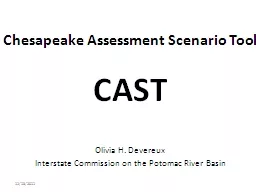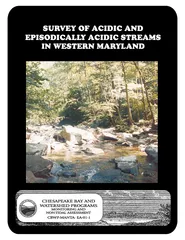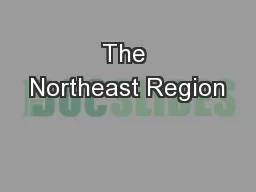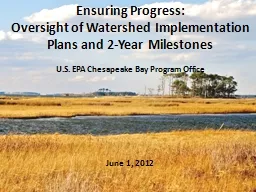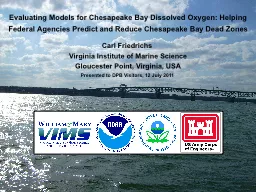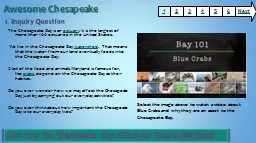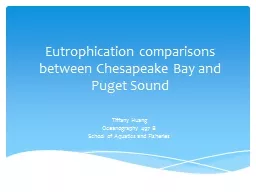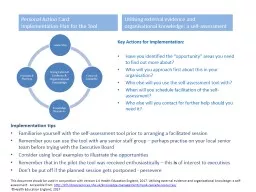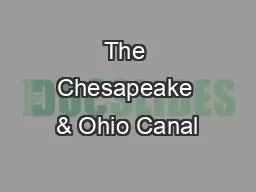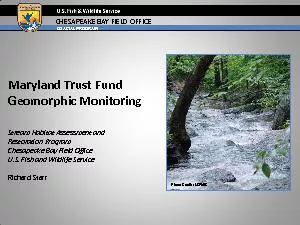PPT-Chesapeake Assessment Scenario Tool
Author : yoshiko-marsland | Published Date : 2017-03-27
CAST Olivia H Devereux Interstate Commission on the Potomac River Basin 12132011 GOALS FOR CAST Provide a mechanism for the states to get input and commitment from
Presentation Embed Code
Download Presentation
Download Presentation The PPT/PDF document "Chesapeake Assessment Scenario Tool" is the property of its rightful owner. Permission is granted to download and print the materials on this website for personal, non-commercial use only, and to display it on your personal computer provided you do not modify the materials and that you retain all copyright notices contained in the materials. By downloading content from our website, you accept the terms of this agreement.
Chesapeake Assessment Scenario Tool: Transcript
Download Rules Of Document
"Chesapeake Assessment Scenario Tool"The content belongs to its owner. You may download and print it for personal use, without modification, and keep all copyright notices. By downloading, you agree to these terms.
Related Documents

